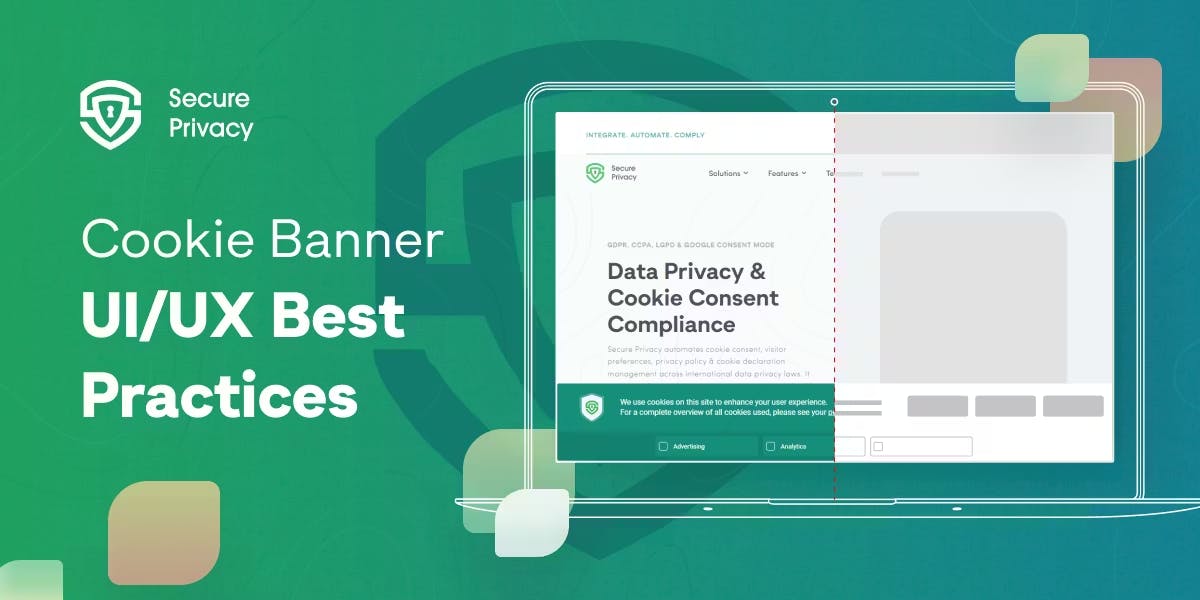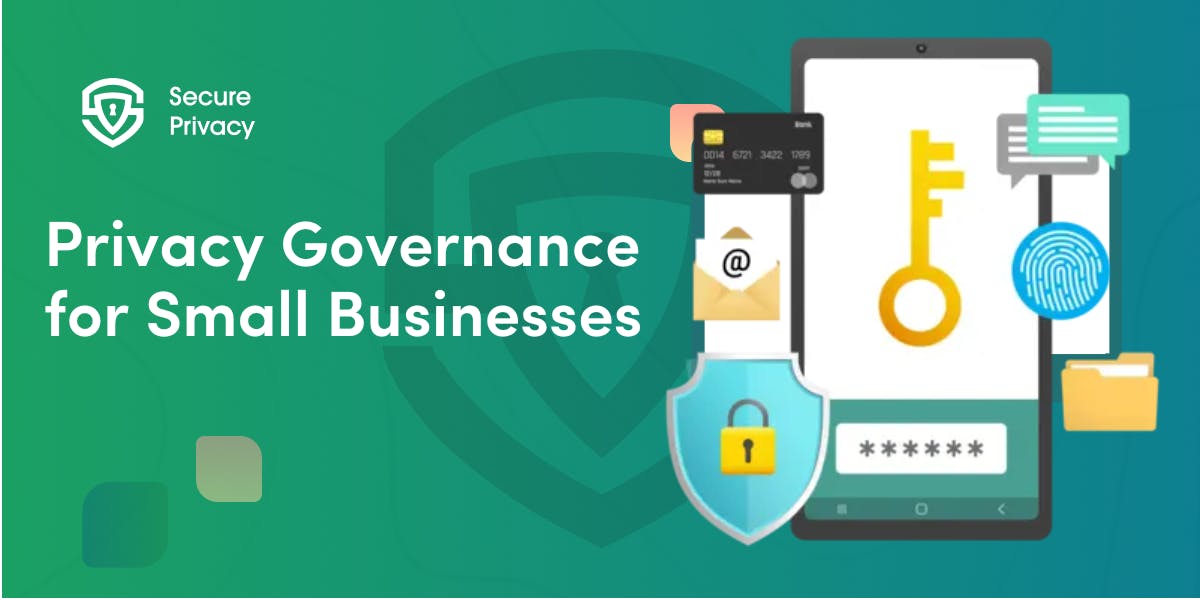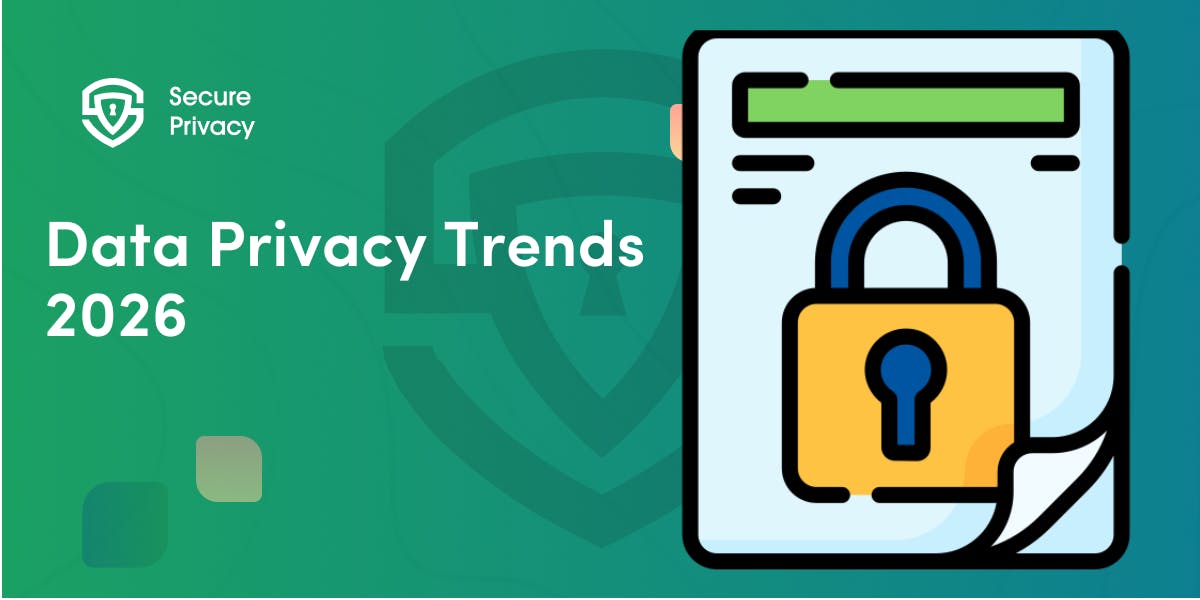Block Cookies with 'Prior Consent'
Secure Privacy enables you to block cookies from being placed on a visitors computer until you have recieved explicit consent.
What is prior consent?
The GDPR and the European ePrivacy Directive require getting explicit consent before using cookies other than those necessary for the website to work properly. That means when a visitor comes to your website, you have to hold all your cookies until they agree to get them. You’ll show them the cookie banner and if they opt-in, you send the cookies. If they remain passive or if they don’t agree, you have to keep blocking the cookies from getting into their computers. Here are some GDPR cookie banner examples.
There are many websites with cookie banners, but without prior consent installed. They are not ePrivacy and GDPR compliant, and thus risk fines. These banners will send tracking cookies as soon as the visitor lands on the website. They ask for consent, but since there is no blocking mechanism in place, they insert cookies even when visitors are passive or decline the consent request. Law-wise, these banners serve no purpose.
Prior consent tools allow you to block all the cookies other than those that must be injected straight into your visitor’s computer until they agree on that. With Secure Privacy, you can easily set it up and manage it through the admin dashboard.
Do I need prior consent?
Yes, if you track your users’ personal data by using tracking technologies, then you need to ask for prior consent. Hence, you need a tool for blocking the cookies before getting the consent.
How can I install prior consent?
Once you set up an account with Secure Privacy, you’ll be able to set up prior consent on your website. We have created a detailed step-by-step system to help get the system installed correctly.

How to Design High-Performing Cookie Banners in 2026
“You're one click away from a €325 million fine”. That's what Google learned in September 2025 when French regulators hit them for cookie consent violations. The message is clear: cookie banner design in 2026 isn't about getting extra clicks anymore — it's about survival.
- Legal & News
- Data Protection

Privacy Governance for Small Businesses: Step-by-Step Guide
You're a 20-person company. A customer asks for their data. Your marketing team just added a new tracking pixel. Your CRM vendor updated their terms. And you just realized you might need to comply with GDPR, CCPA, or both.
- Legal & News
- Data Protection

Data Privacy Trends 2026: What Every Business Needs to Know
You're planning next year's compliance roadmap, but the rules keep changing. New regulations emerge monthly. Enforcement penalties double overnight. And now, AI governance lands on your desk alongside data privacy obligations.
- Legal & News
- Data Protection
